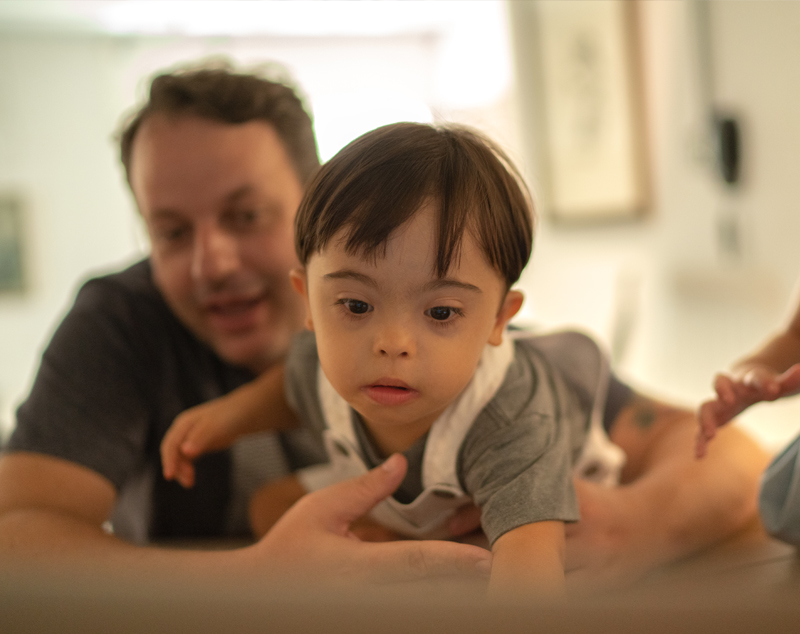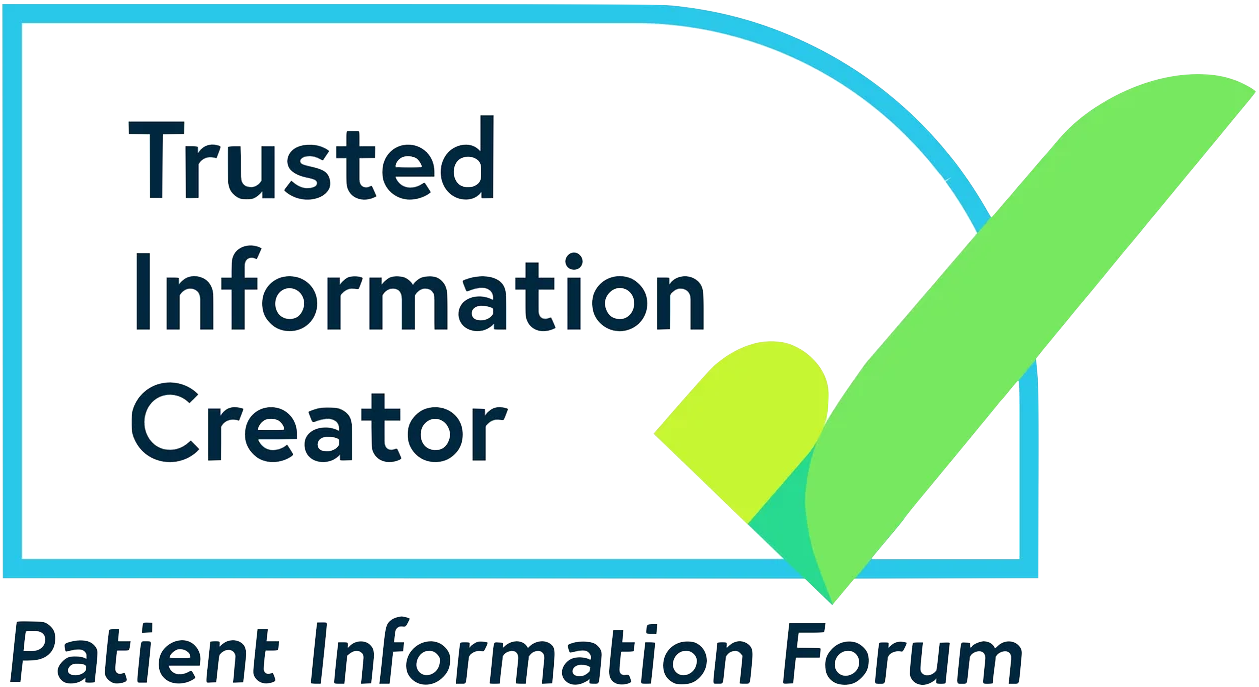What would you like to find out about today?
Who gets infantile epileptic spasms syndrome?
About 1 in 3,000 children develop IESS. It usually begins in the first year of life, mainly between the ages of four and eight months.
A cause will be found in around two thirds of infants with IESS. The most common causes include:
- Developmental problems affecting the structure of the brain
- A brain injury at or soon after birth, due to a lack of oxygen
- Having an infection like meningitis
- A change (or ‘mutation’) in a gene
Often, no reason can be found for why a child develops IESS.
Sometimes babies who have had another type of epilepsy syndrome in their first couple of months go on to develop IESS. This can include early infantile developmental and epileptic encephalopathy (EIDEE), which was previously known as Ohtahara syndrome or Early Myoclonic Encephalopathy.
IESS was previously known as West syndrome after Dr William West, who first described the condition in his 4-month-old son in 1841.
Symptoms of infantile epileptic spasms syndrome
Children with IESS have regular spasms. The spasms usually happen in ‘clusters’, with several spasms happening one after the other. A cluster can be 10, 30 or even more spasms and can last for several minutes. They often happen when the child first wakes up. This can be after a night time sleep or day time nap.
In a typical IESS spasm:
- Your child’s body suddenly stiffens for a very short time (usually less than 3 seconds)
- Your child may make jerking movements, including bending their head, arms, legs or body; flinging out their arms and legs; or doing a mixture of both
- Your child may make small movements with their head, eyes or chin
- The movements usually affect both side of your child’s body equally, but they can sometimes affect one side more than the other
You may notice some changes in how your child is responding in the days or weeks before the spasms start. This can include your child becoming irritable and not feeding or sleeping as well as they usually do. They may also lose interest in looking at or playing with toys.
IESS can also affect a child’s development. Your child’s development may slow down or even seem to go backwards when they start having spasms. This can get worse without urgent diagnosis and treatment.
Diagnosis of infantile epileptic spasms syndrome
The National Institute for Health and Care Excellence (NICE) has guidelines for diagnosing and treating infantile spasms. NICE says that if your child is under 2 years old and has suspected or confirmed infantile spasms, they should get an urgent referral to a specialist children’s doctor called a paediatric neurologist. This is so that they can get a diagnosis and start treatment quickly to try to stop their spasms.
The specialist will examine your child and ask you to describe exactly what happens when your child has a spasm. If you’re able to take video recordings, this can be helpful. There are a number of non-epileptic conditions (such as colic) that can cause similar symptoms in babies and may be confused with infantile spasms. Your child’s specialist will need to rule these out.
The specialist will recommend a number of tests to confirm a diagnosis. These will include an EEG (electroencephalogram) to look at electrical activity in the brain. Children with IESS nearly always have a very distinct, disorganised pattern on their EEG. This pattern is called ‘hypsarrhythmia’. The specialist may do a first EEG when your child is awake. But if this doesn’t show the pattern of hypsarrhythmia, they may suggest doing another one when they’re asleep.
Your child is also likely to have an MRI (magnetic resonance imaging) brain scan to help identify any structural changes in their brain. They may also suggest a number of additional tests including blood tests, urine tests, and genetic tests.
Treatment for infantile epileptic spasms syndrome
The first choice of treatment for children with infantile spasms is usually a steroid medicine called prednisolone, along with an epilepsy medicine called vigabatrin. There can be side effects from using steroid medicines for a long time, so your specialist will discuss this with you first. Sometimes, vigabatrin is used on its own.
If treatment with prednisolone and vigabatrin doesn’t work, your child’s specialist may recommend other treatment options. These include the ketogenic diet and medicines like levetiracetam, nitrazepam, sodium valproate, topiramate and zonisamide.
Your child’s specialist should review them at least once a week while they’re having treatment for infantile spasms. They may also discuss a ‘rescue’ or emergency care plan with you to treat a particularly long cluster of spasms.
Information about treatments for children can be found on the Medicines for Children website.
Outlook of infantile epileptic spasms syndrome
Medicines help to control spasms in about 7 out of 10 children with IESS. However, some children can have a ‘relapse’ when the medicines stop working or after the medicines have been stopped. It’s possible for spasms to stop completely and your child may then have no further problems with epilepsy. However, many children go on to develop other types of epilepsy as they get older, including an epilepsy syndrome called Lennox-Gastaut syndrome.
Most children with IESS will also have some degree of developmental delay and learning difficulties. What causes your child’s epileptic spasms has the biggest impact on how severely they’re affected. Getting diagnosed and starting treatment quickly can also make a big difference to the outcome of children with IESS.
Your child’s specialist should be able to give you advice about getting support with learning difficulties if needed. We also have more information on how epilepsy can affect learning and behaviour.
Support
Contact
Charity for families of disabled children.
Freephone helpline: 0808 808 3555
Email: helpline@contact.org.uk






